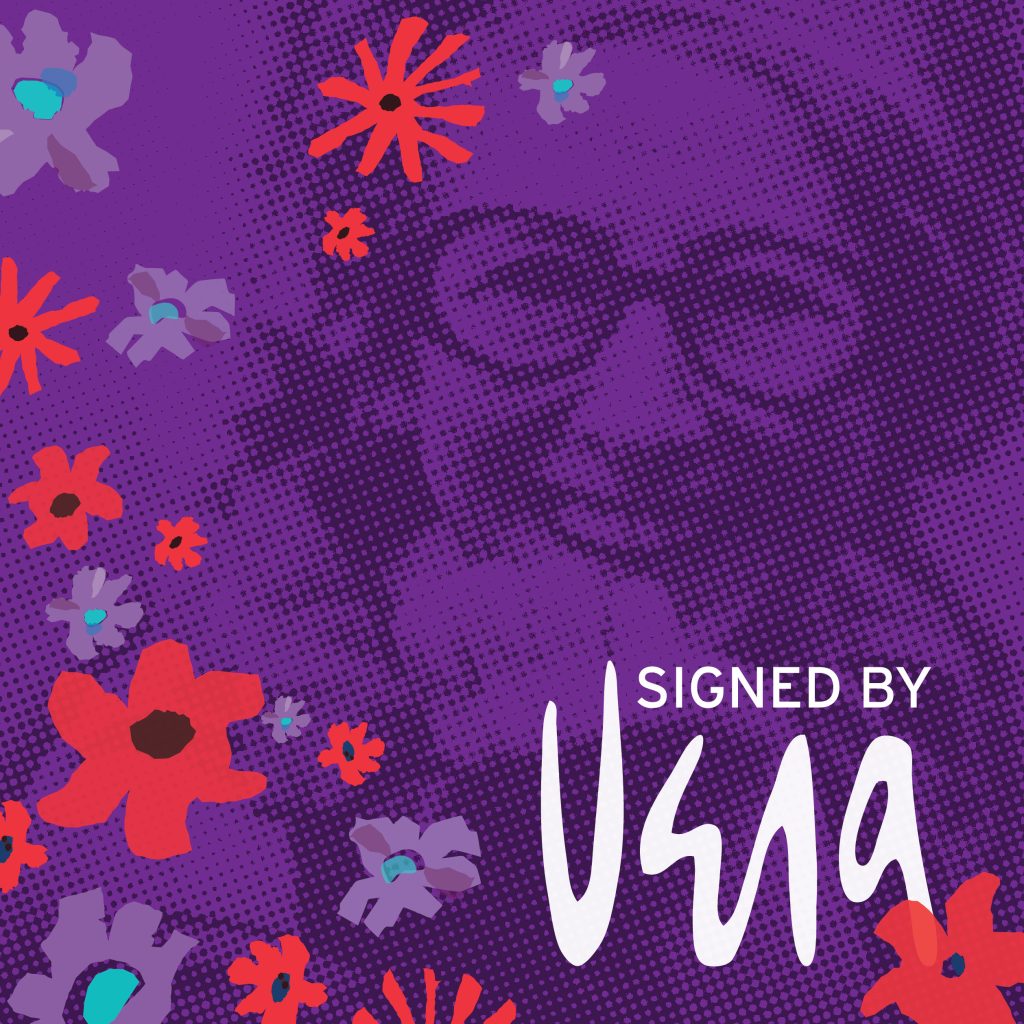Art You can Wear – Vera Neumann, A Timeless Visionary in Colour and Pattern
Author: Grace Pan
Date 27th Mar 2025
Have you ever seen a scarf that feels like a painting? That’s probably a Vera. She wasn’t just a designer—she turned fabric into joy. Let’s dive into her world of bold colour, timeless style, and art you can wear.
Vera Neumann (1907-1993), known simply as “Vera,” was more than a textile designer—she was a lifestyle creator, a modernist pioneer, and a woman who used colour and pattern as a joyful language. Her scarves and home textiles not only captured the spirit of post-war optimism but also shaped how women—and homes—dressed for decades.
1. Vera’s Timeline of Famous Works: From Fashion to Home Decor
1940s – Birth of the Brand:
Vera co-founded her company in 1942 with her husband George Neumann and print expert F. Schumacher. Amid WWII shortages, she started printing her whimsical designs on surplus silk parachutes. These became the first Vera scarves—unique, bright, and infused with hope during sombre times.
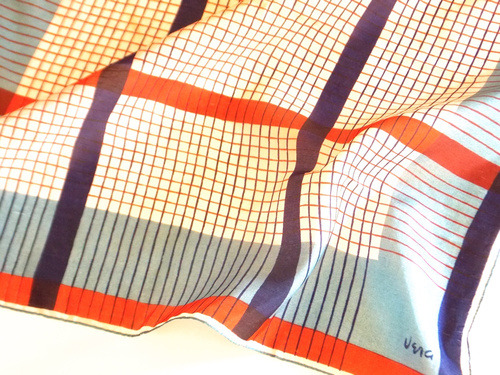
1950s – Scarves Become Statements:
The decade saw Vera’s hand-painted scarves boom in popularity. With her signature in the corner, each scarf became both art and fashion. Popular motifs included floral arrangements, geometrics, and abstract shapes—each bursting with colour.
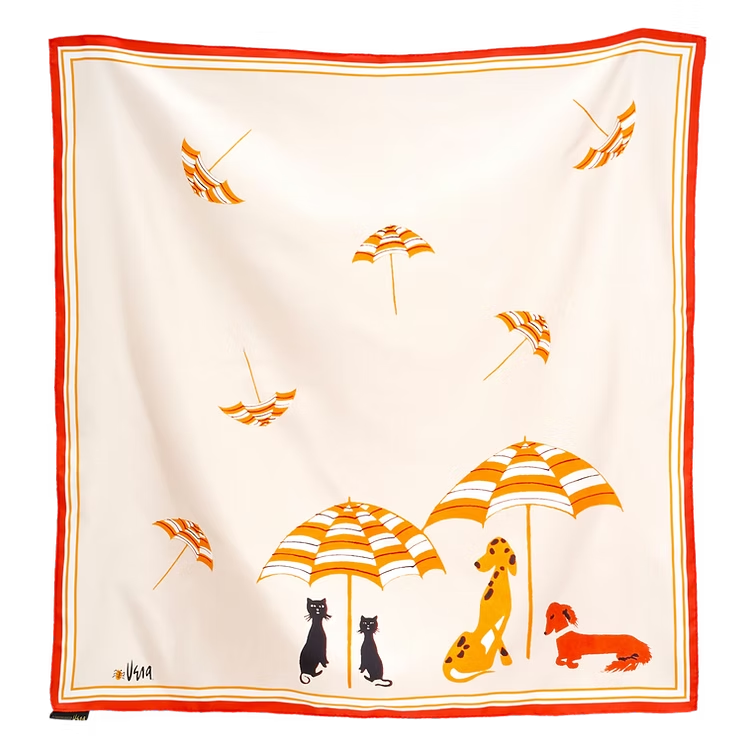
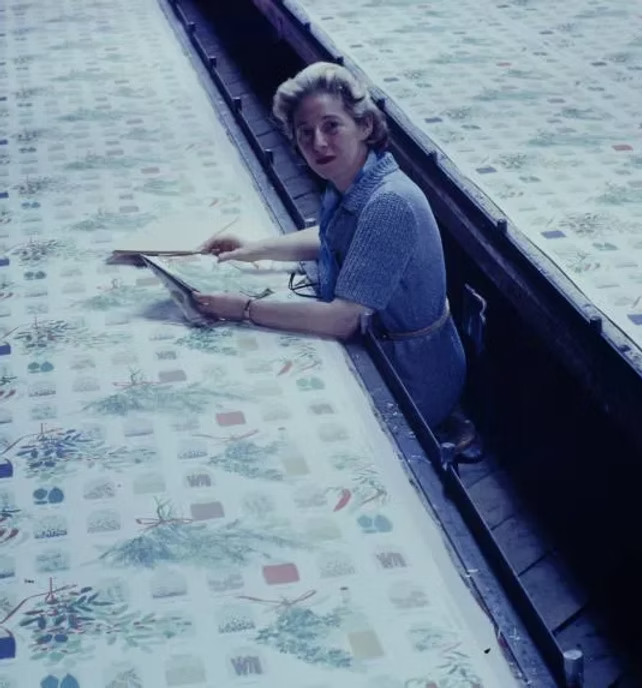
As Vera’s work emerged during a time when women were entering the workforce post-WWII, her scarves were a way for women to express personality in professional settings. They paralleled the rise of ready-to-wear fashion, offering women affordable luxury with personality.
1960s – Colour Pop & Cultural Swing:
Vera became a household name. Her designs expanded into dresses, blouses, table linens, and bedding. She was among the first to treat lifestyle branding seriously, years before Ralph Lauren and Martha Stewart.
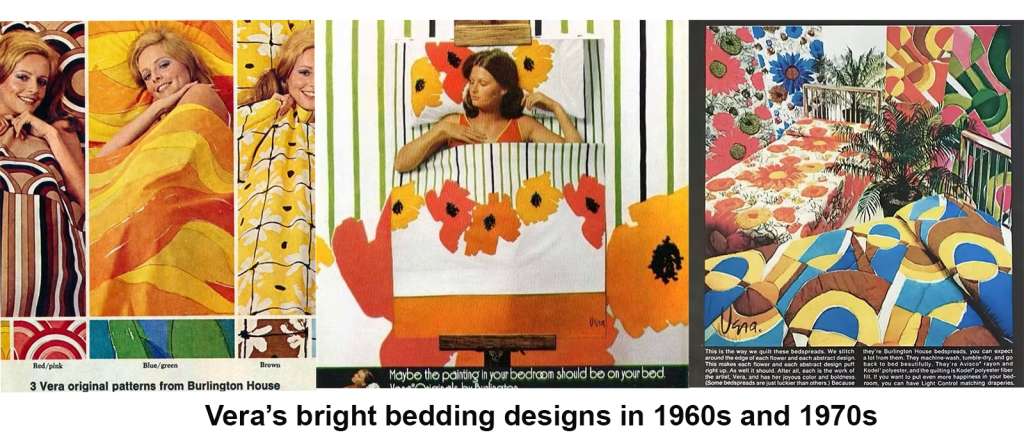
Her psychedelic florals, butterflies, and bold stripes aligned perfectly with the vibrant cultural movements of the ‘60s. Celebrities like Grace Kelly and Marilyn Monroe wore her scarves, turning them into status symbols.
1970s – Home as a Canvas:
This was the era of lifestyle branding. Vera’s design touch reached every part of the home—from placemats to shower curtains. She collaborated with major department stores and even did product licensing, a visionary move at the time. Her textiles reflected the casual elegance that came to define 1970s interiors.
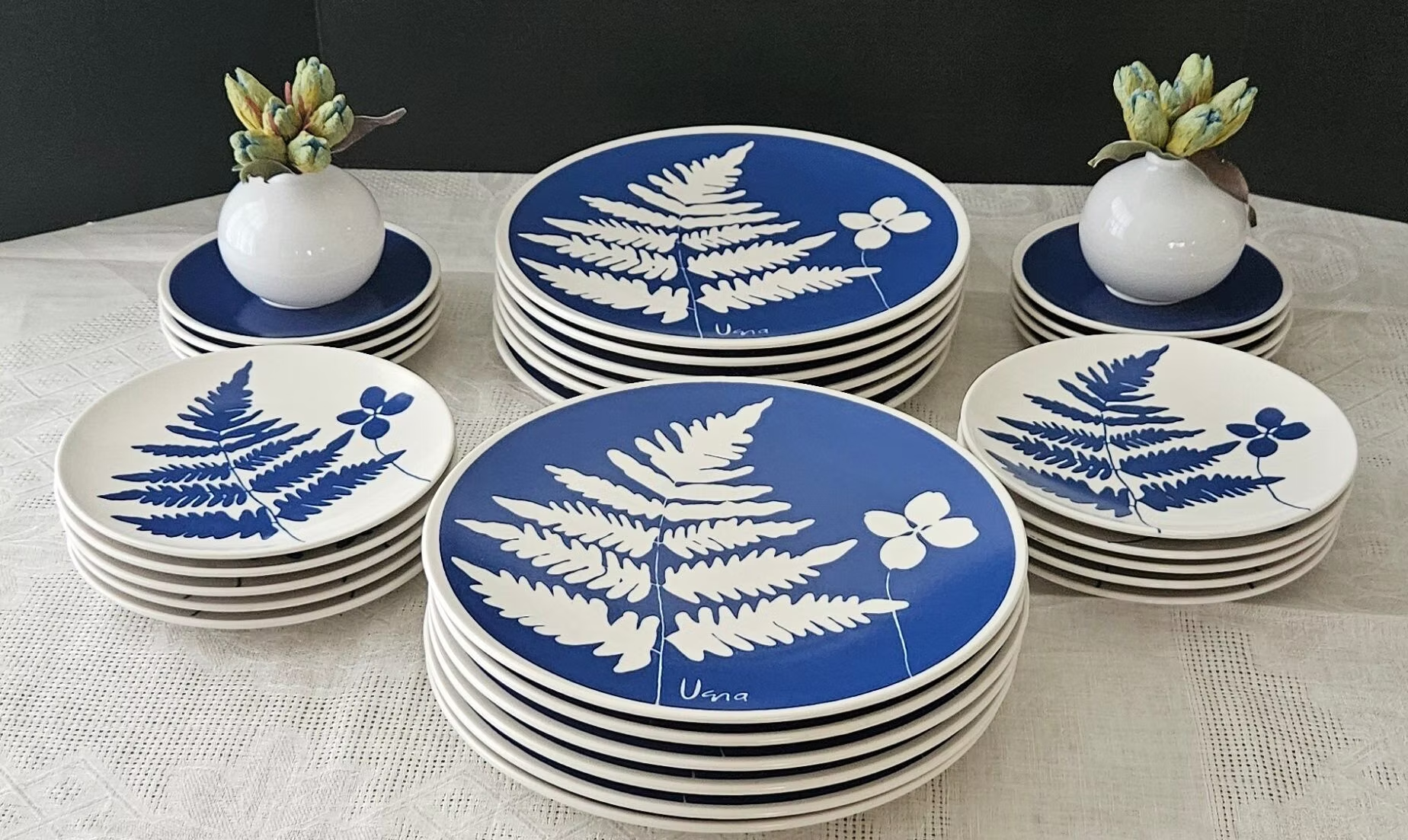
https://www.veraneumann.com/copy-of-collaborations
1980s – A Lasting Legacy:
Although Vera passed away in 1993, by the early ’80s her work had already entered the collector’s realm. Her designs were featured in museum exhibitions and continue to be sought after by vintage collectors today.
2. What Inspired Vera?
Vera’s creativity was a blend of:
- Nature: She was endlessly inspired by flowers, insects, animals, and the changing seasons. Her garden was often the subject of her watercolour sketches.
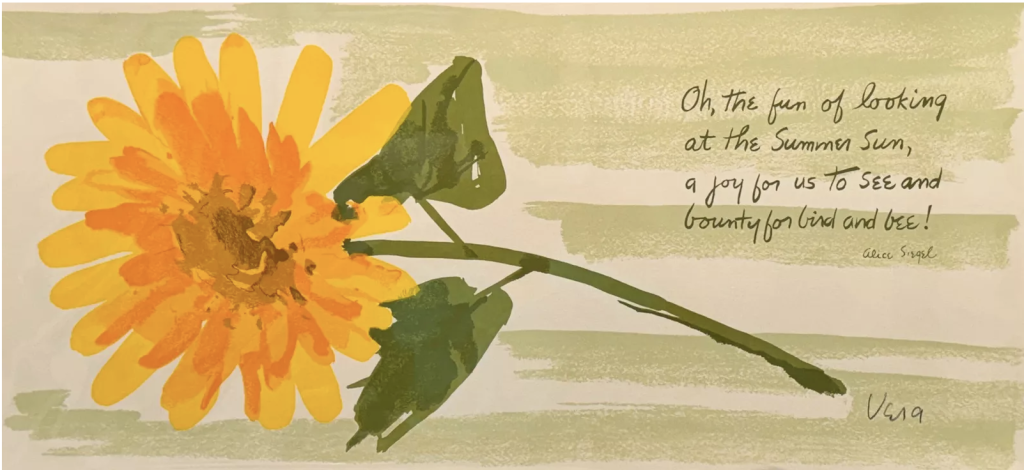
- Travel: Vera drew motifs from her global journeys—from Asian calligraphy to Mediterranean flora.
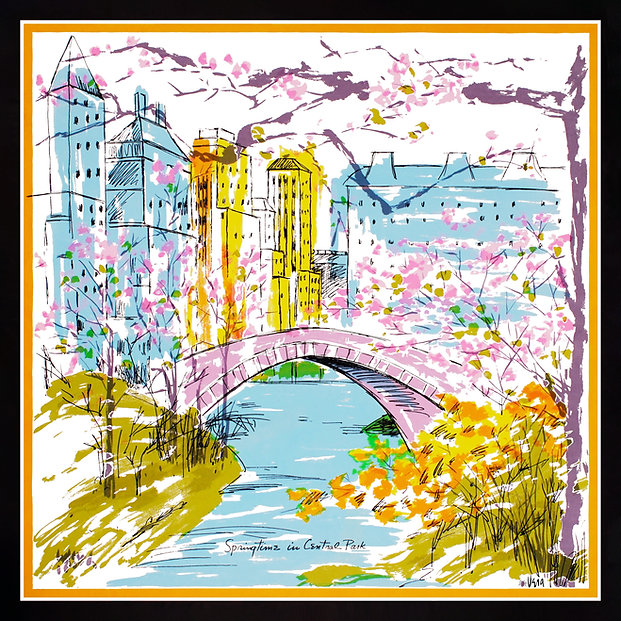
This vibrant and artfully composed scarf captures the beauty and charm of Central Park during springtime. The design features a delicate balance of urban architecture and natural elements, showcasing the Manhattan skyline’s iconic buildings framed by blooming cherry blossoms and colourful trees.
- Fine Art & Modernism: Influenced by artists like Matisse and Kandinsky, she fused abstraction with real-world elements.
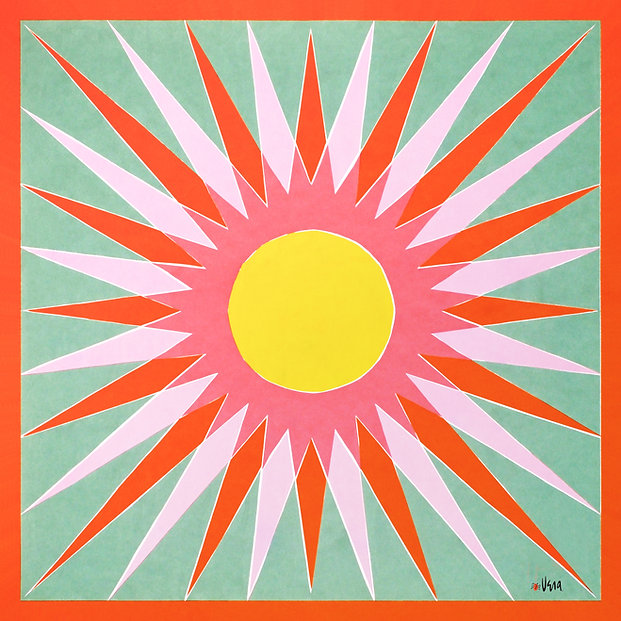
- Joy & Positivity: Above all, Vera wanted her designs to make people smile. Her use of saturated colour and playful forms conveyed a cheerful message in every piece.
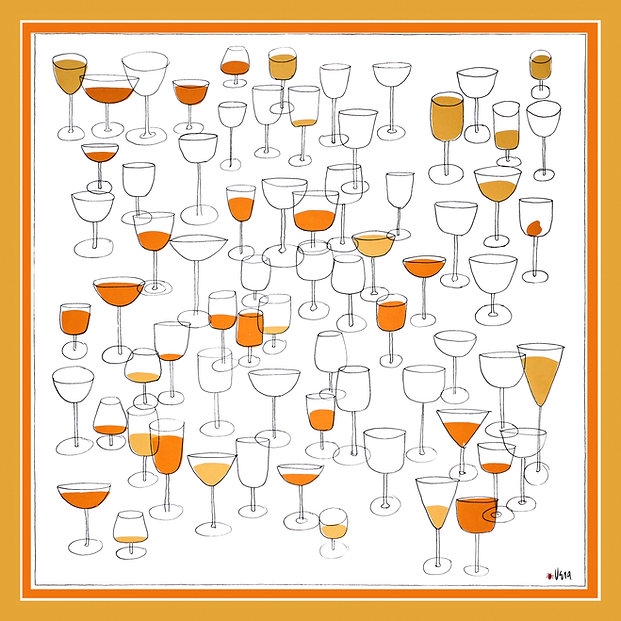
3. Why Did Vera Stand Out Among Textile Designers of Her Time?
Vera was revolutionary for several reasons. She was one of the first designers to sign her scarves like artwork. This branding turned each piece into a wearable canvas.
While many textile artists worked for high-end clients or galleries, Vera’s philosophy was democratic. Her scarves were affordable for everyday women, deliver them mass accessibility with artistry.
From the business point of the view, she managed to balance hand-painted originality with large-scale production. Her designs were joyful but commercially smart—a rare combo.
Last but not the least, from a scarf to a tablecloth, her design language worked seamlessly across categories, which made her artworks noticeable in every aspect of household life.

4. Vera Neumann’s Legacy and Brand Today
In 1988, Vera Neumann’s company, Vera Licensing, was bought by Salant Corporation. Vera stayed on as the head designer, but her printing company, Printex, was closed later that year. She continued to paint until shortly before her death in 1993.
Even after her passing, Vera’s artwork gained recognition in museums and exhibitions across the U.S. In 1999, The Tog Shop, a catalogue company that had licensed her clothing designs, bought Vera Licensing. Later, in 2005, Susan Seid, who worked for The Tog Shop, purchased the brand and formed The Vera Company.
Vera’s designs started reappearing in stores—Crate & Barrel reissued a few of her dish towels in 2012, and Target launched a special Vera-inspired collection in 2013. That same year, a company called VNIP Holdings bought the business side of the brand, including the rights and trademarks, but Susan Seid kept thousands of Vera’s original artworks and prints.
In 2023, Seid transferred most of that artwork to a new trust managed by her daughter, Tiffany Salyards. Later that year, Salyards, along with her brother Gregory and his wife Christina, bought back the remaining brand rights and a large collection of Vera’s vintage scarves and designs. This brought all of Vera’s art and brand materials under one family-led effort again.
Now, in 2024, Vera’s legacy is being preserved and shared through both the Vera Neumann Artwork Trust and Vera Neumann, Inc. They work together to sell Vera’s original art and vintage pieces directly to consumers and through galleries. Today, Salyards oversees more than 40,000 items created by Vera throughout her career.
5. Today’s Echoes and Contemporary Followers:
As the resurgence of silk scarves on runways (e.g., Hermès revival pieces, Gucci’s retro vibes) owes much to Vera’s legacy, brands like Marimekko and Liberty London also share her DNA—artful, bold prints with storytelling roots.
Tory Burch often channels Vera’s 1960s florals and travel-inspired prints. Anthropologie and Lisa Corti lean into her colour-rich, boho-modern aesthetic. Emilio Pucci, although a peer, shares similar visual languages, particularly in kaleidoscopic pattern work. Susan Alexandra (New York-based designer) reflects the quirky, playful essence that Vera embraced.
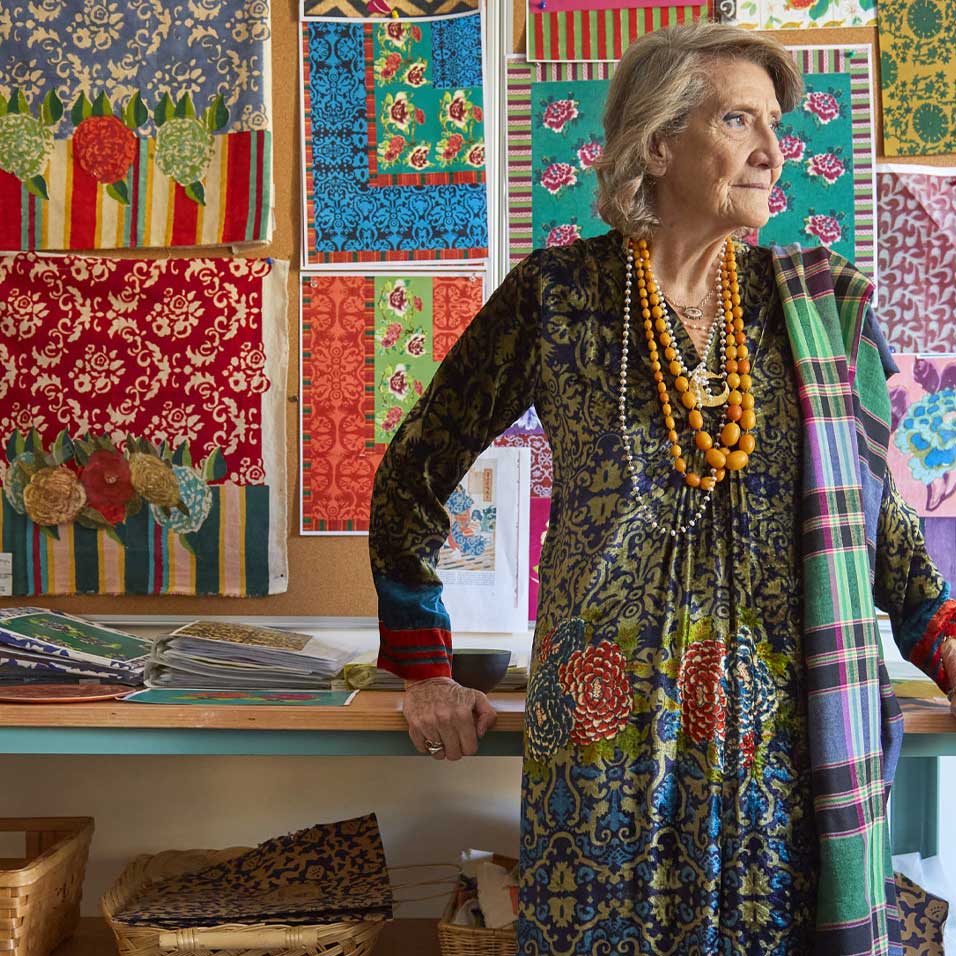
Vera Neumann once said “Colour is the language I speak.”
She wasn’t just a designer—she was a storyteller. Her prints spoke of joy, movement, and light, turning everyday objects into feel-good art. She blurred the lines between high design and daily life, fashion and function. Today, her influence continues in the playful scarves, vibrant home textiles, and colour-forward fashion that champions personal expression over trend-chasing.
Her legacy isn’t just in museums. It’s in your closet, your table, your joy. Wear it. Live it. Celebrate it.
Our Big Fame in Prints celebrates the legacy of the world’s most famous textile and print pioneers. This series delves into their business story, timeless designs, and enduring influence on global fashion, interiors, and cultural aesthetics.]
Other articles under this series:
Vera Neumann: The Woman Who Made Scarves a Canvas of Art
Missoni: The Legacy of Italian Knitwear and its Iconic Patterns
Timeless Knitwear with Missoni Designs and its Brand Inference
Saddles to Silk: The Evolution of Hermès into a Global Luxury Icon
The Art of Hermès Scarves: A Brief Analysis That Defines Luxury
Liberty – The Fascinating History and Its Iconic Fabric Prints
Liberty Patterns – The Artistry and Versatility of its Timeless Elegance
If you would like to learn more about fabric, craftsmanship, manufacturing process, or need further cooperation, please email us via the email address vip@docsunhomeandliving.com, or click the image below to visit our official website. Also you can visit Docsun Silk for Daily outfit guidance.
2024.11-1024x1024.png)

